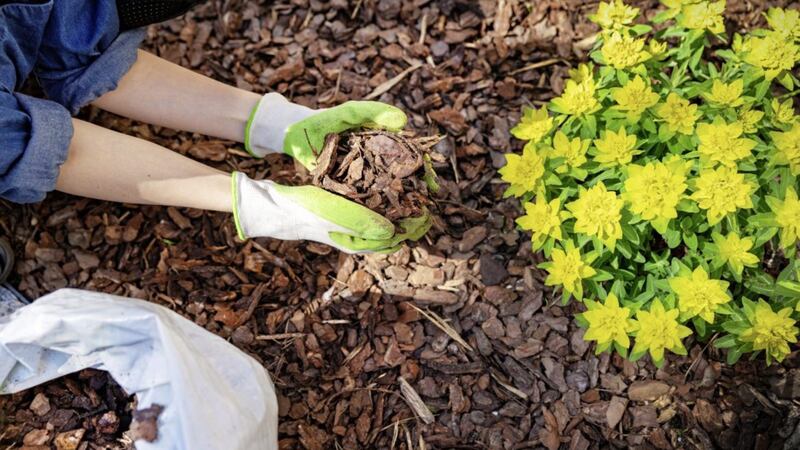AS I write, the ground in the garden is hard and bone dry. I check the forecast and there's little prospect of any rain for at least a week. If it wasn't for the cool temperatures, you'd almost think we were in the midst of a high summer drought.
But while most of us welcome a prolonged dry spell and leave any whinging about a lack of rain to the farmers, we perhaps shouldn't be so self-centred and give greater consideration to lifeforms who rely on water yet don't have the advantage of our elaborate storage systems.
While ostensibly this may appear an act of altruism, for gardeners its motivation can be entirely selfish, because without enough water our plants suffer.
Water is quite literally a plant's lifeblood. It is through osmosis that a plant's roots draw water and the nutrients contained therein from the soil. If there's inadequate moisture in the earth, then the plant won't get access to the minerals it needs to grow healthily.
Plants also need water to photosynthesise and this too is drawn up through the roots, into the stem of the plant and out to the leaves in a process called transpiration. Without water, which makes up around 90 per cent of the plant's volume, it loses its firmness and begins to wilt.
Being armed with this knowledge should make us better gardeners but don't automatically assume that the solution lies in watering your garden more often, as this can be a waste of a precious commodity that may one day we may be forced to pay for.
One sustainable way of helping ensure your plants get the moisture they need over what are the driest months of the year is to mulch. To the novice, mulching may sound like a complicated practice that needs specialist skills but nothing could be further from the truth – it's actually deceptively simple.
In the broadest sense, a mulch is any material that is deployed to cover ground, whether it's cultivated or not. It will act as a barrier that lets rain penetrate but keeps moisture in.
Mulch materials come in all forms, from non-organic glass, fabric and pebbles to the organic and regenerative homemade compost, bark chippings, seaweed or even grass cuttings.
The focus today is on the latter, which is the kind of mulch you want to apply where you're growing stuff, such as in your beds and borders. The best biodegradable mulches will act as a barrier holding moisture beneath, while also suppressing weed growth by blocking out light. Their added advantage is that the organic matter will break down over time, adding fertility and conditioner to your soil.
Among the best materials are leaf mould, garden compost, spent mushroom compost and well-rotted manure. This sort of mulch is best applied from mid to late spring when the soil is moist after winter and beginning to warm before annual weeds have yet to germinate. To be effective, the mulch layer should be at least 5cm deep.
Beds and borders can be mulched entirely, taking care not to smother low-growing plants or to pile mulches up against the stems of woody plants. Avoid fresh manure or any material that's likely to be full of seeds and grass roots as this will prove counter-productive.









